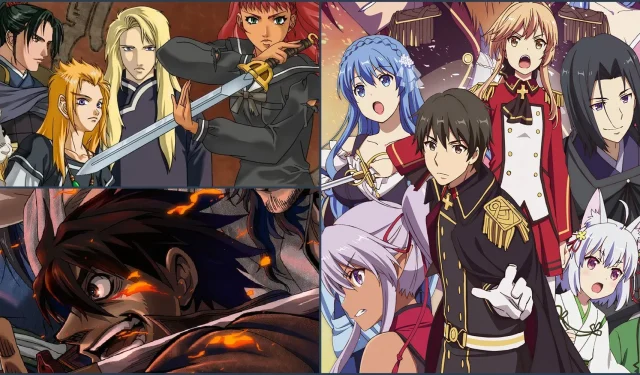
The isekai genre has captivated audiences for years, largely due to its embracing of escapism. Who among us hasn’t fantasized about leaving behind the daily grind for exhilarating adventures in fantastical realms? While many series opt for traditional medieval European-style settings, others creatively explore historical or mythological epochs, enriching their worlds with diverse elements.
These anime series often incorporate historical contexts ranging from Sengoku-era Japan to ancient China, thereby elevating the art of world-building to new heights. By weaving themes of time travel, legendary figures, and epic battles into their narratives, they provide viewers with a depth that captivates both fans of fantasy and history alike.
8. Amatsuki
Transported to an Alternate Version of Japan’s Edo Era
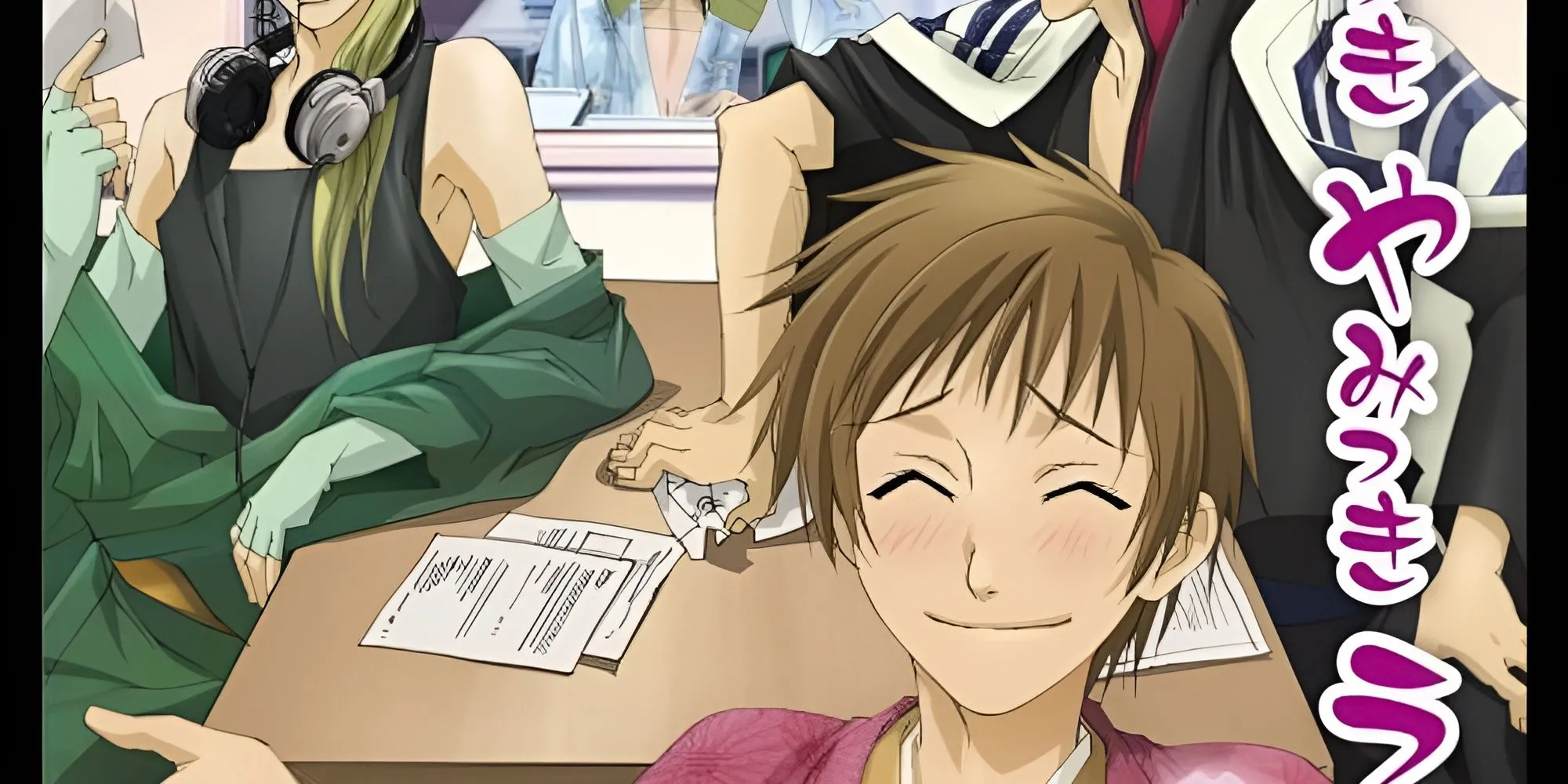
- Release Date: April 4, 2008
- Creator: Takayama Shinobu
- Studio: Studio Deen
- Number of Episodes: 13
Amatsuki follows high school student Tokidoki Rikugou, who, after struggling in his history class, attends a museum lecture featuring a virtual reality depiction of Edo-era Japan. Through a sequence of extraordinary events, he becomes trapped in a fantastical, reimagined version of this historical period. Blending history with fantasy, Amatsuki artfully integrates elements like yokai and spirits into its narrative, promising a delight for fans of isekai and Japanese folklore alike.
7 How a Realist Hero Rebuilt the Kingdom
Medieval European Fantasy with a Touch of Realism
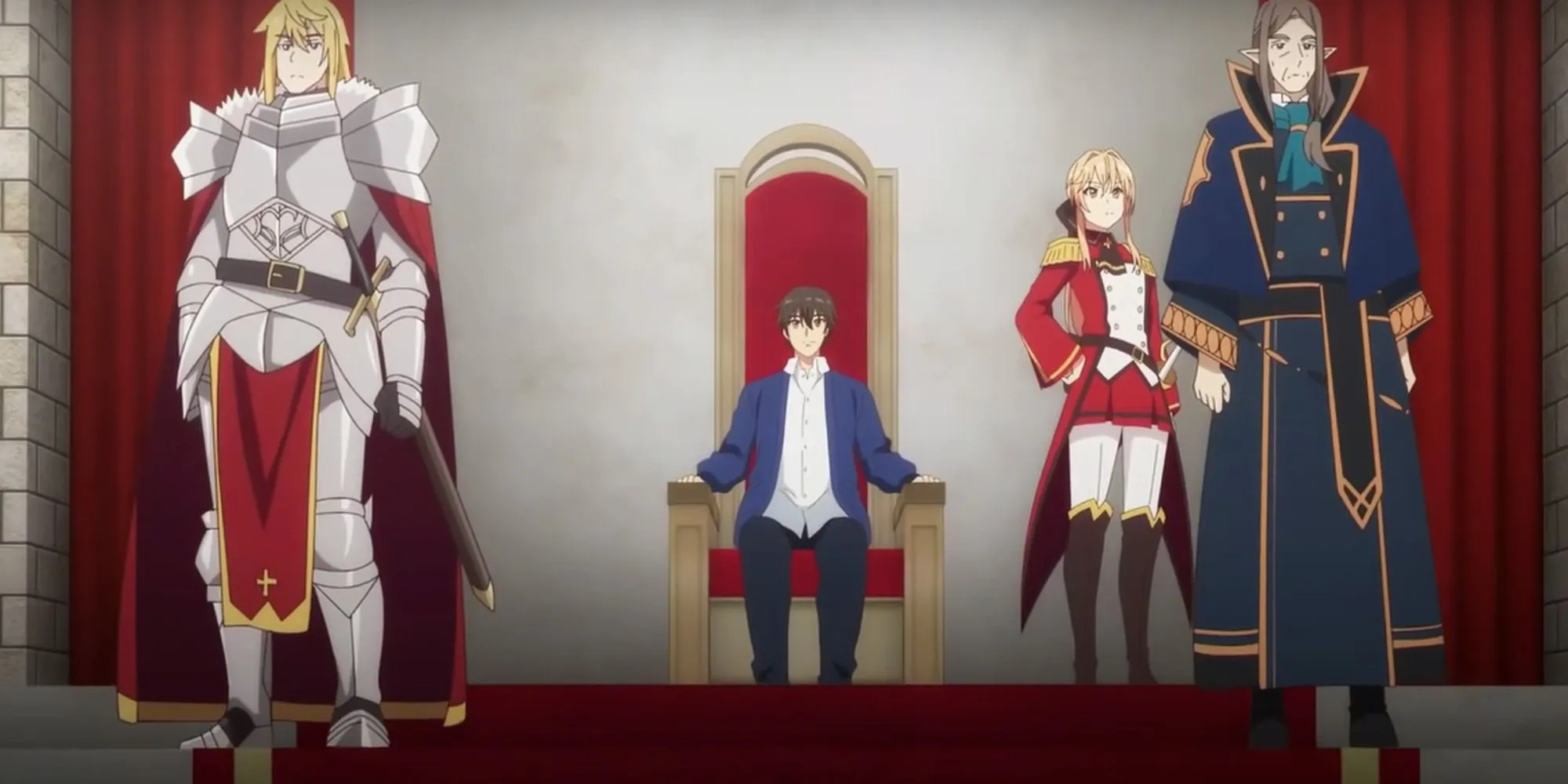
While the isekai genre frequently draws on medieval European concepts, How a Realist Hero Rebuilt the Kingdom offers a fresh perspective by tackling real-life issues such as political corruption and resource management. The protagonist, Kazuya Souma, is summoned to the kingdom of Elfrieden, where he uses his modern understanding to enact effective economic reforms rather than relying on traditional fantasy tropes like swordplay or magic. This series emphasizes strategic political maneuvering over action-packed adventures, appealing to those who appreciate depth in storytelling.
6 The Ambition of Oda Nobuna
Transported into an Alternate Version of Japan’s Sengoku Era
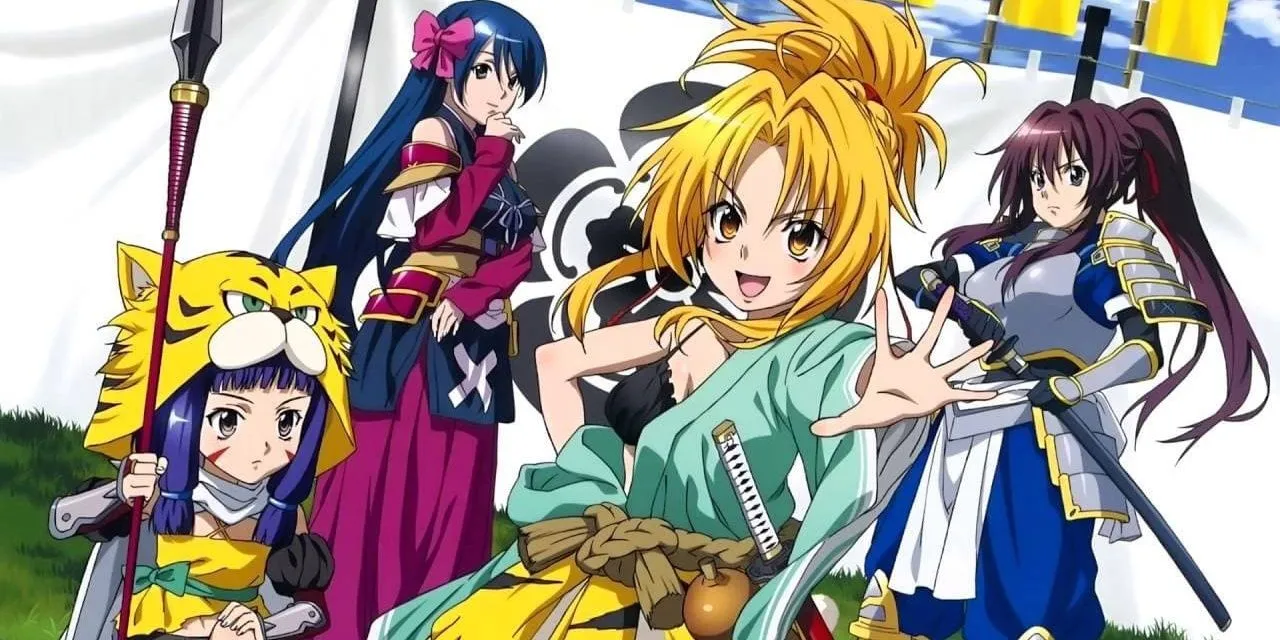
The Ambition of Oda Nobuna reimagines iconic historical figures from Japan’s Sengoku period in a light-hearted narrative. The story centers around Yoshiharu Sagara, a high school student who unexpectedly finds himself amidst a historical tapestry where renowned figures are depicted as young women. Together with the female embodiment of Oda Nobunaga, Yoshiharu navigates political challenges to unify Japan.
5 Fushigi Yuugi: The Mysterious Play
Transported to a World Inspired by Ancient China
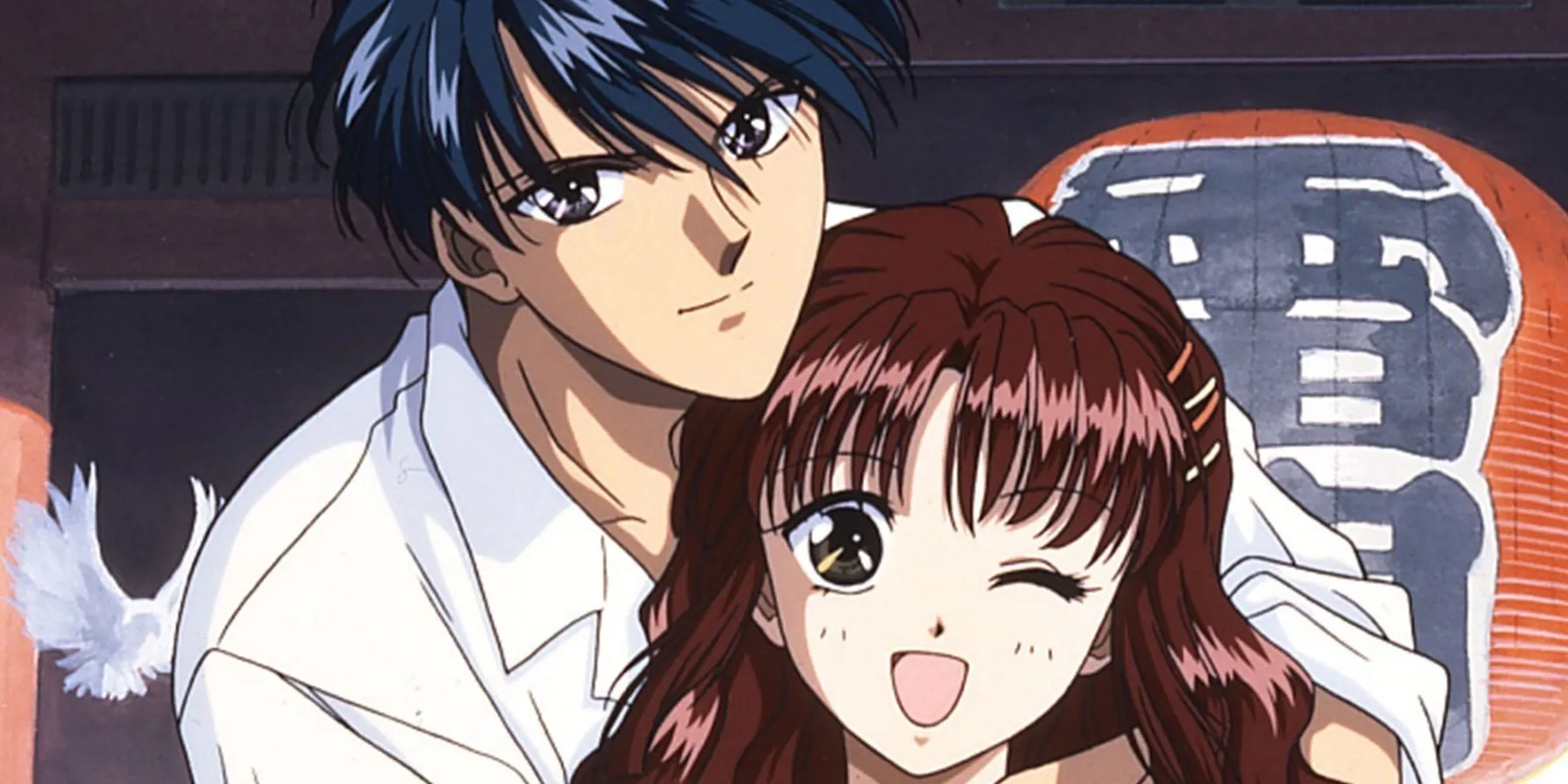
One of the early pioneers of the shojo isekai genre, Fushigi Yuugi artfully intertwines romance and adventure as it follows two high school girls, Miaka and Yui, who are sucked into a novel set in an ancient China-inspired world. This series not only laid the groundwork for future shojo isekai narratives but also established the reverse harem trope, paving the way for modern favorites such as My Next Life as a Villainess: All Routes Lead to Doom!.
4 The Saga of Tanya the Evil
Transported to a World War I-Inspired Setting

For those intrigued by darker themes, The Saga of Tanya the Evil follows a salaryman who, after provoking a god-like being, is reborn in a universe reminiscent of World War I Europe, as a young girl named Tanya. This series is distinguished by its complex morality and its exploration of power dynamics within wartime, making it a thought-provoking addition to the isekai genre.
3 Inuyasha
Transported Back in Time to a Supernatural Version of the Sengoku Era

Inuyasha remains a hallmark of the isekai genre, masterfully combining romance, action, and fantasy. The story centers on Kagome Higurashi, a 15-year-old girl who falls into a well and is transported to Japan’s Sengoku era. Here, she learns she is the reincarnation of a powerful priestess and teams up with the half-demon Inuyasha to collect shards of a sacred jewel, battling dark forces along the way.
2 The Twelve Kingdoms
Transported to a Parallel Realm Reminiscent of Ancient Japan and China
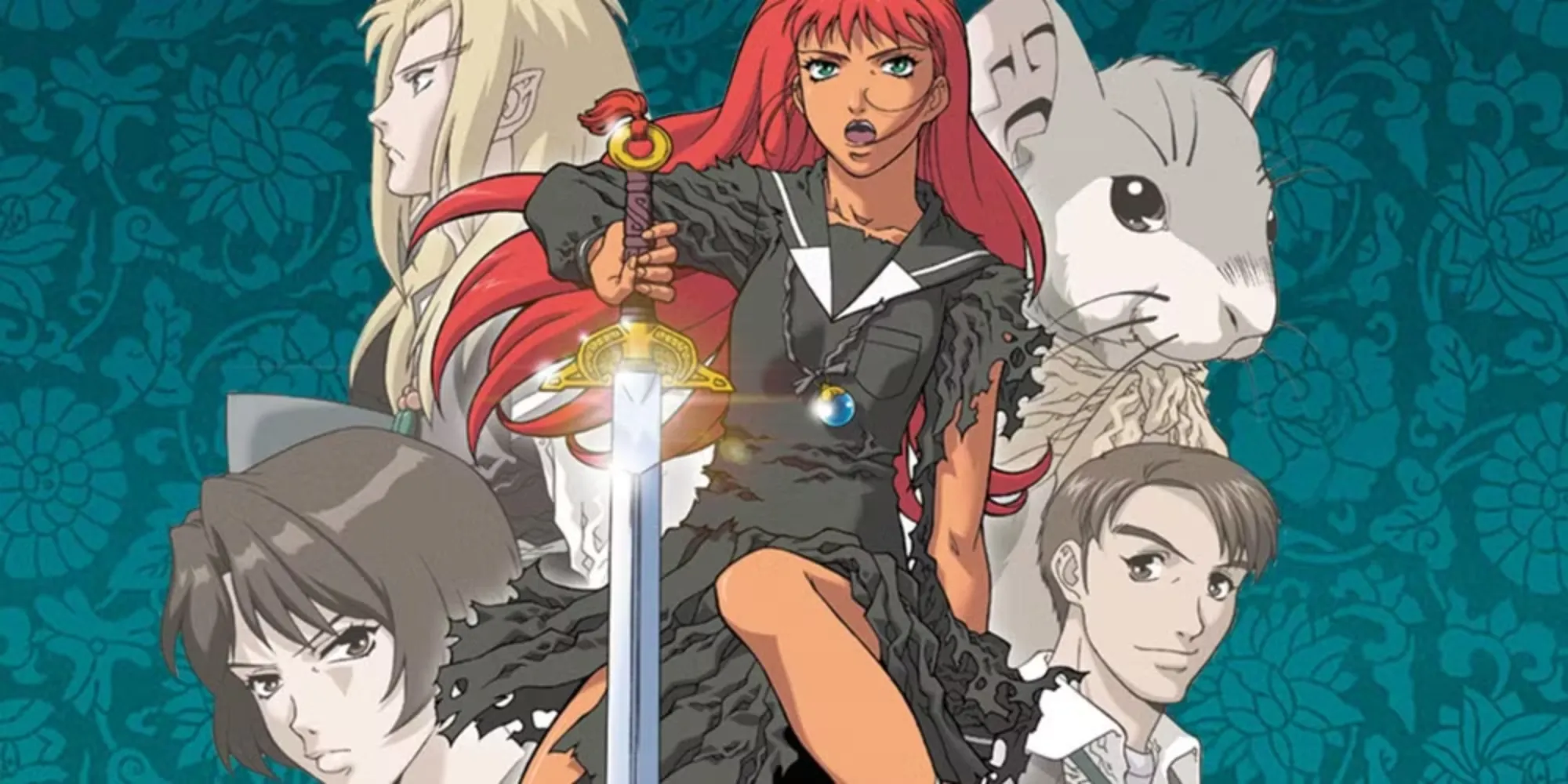
The Twelve Kingdoms unfolds across a series of islands in an alternate dimension that echoes ancient Japanese and Chinese cultures. The story follows Yoko Nakajima, an unsuspecting high school student who is plucked from her life and thrust into a world brimming with mythical creatures and complex political landscapes. Both the novels and the anime were innovative in their approach, focusing on protagonist development and leadership challenges rather than mere escapism.
1 Drifters
Historical Figures Get Transported to a War-Torn Fantasy World
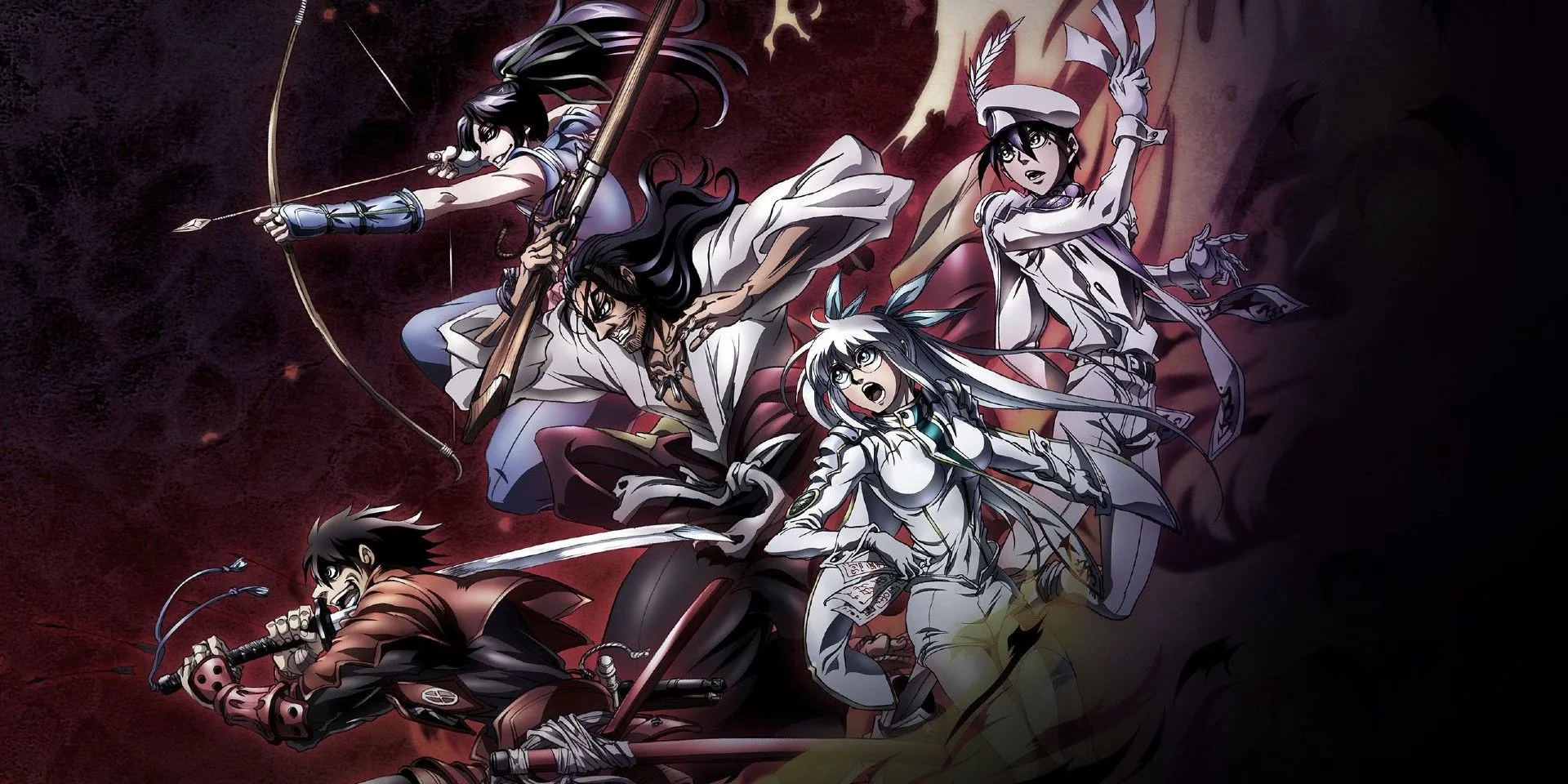
Drifters offers a unique twist on historical isekai narratives by featuring real historical figures who are transported to a fantastical realm. Created by the mind behind Hellsing, this anime follows samurai Toyohisa Shimazu, who finds himself in another world alongside combatants like Nobunaga Oda and Joan of Arc. Drifters intertwines historical intrigue with action and humor, making it a noteworthy entry in the genre.




Leave a Reply